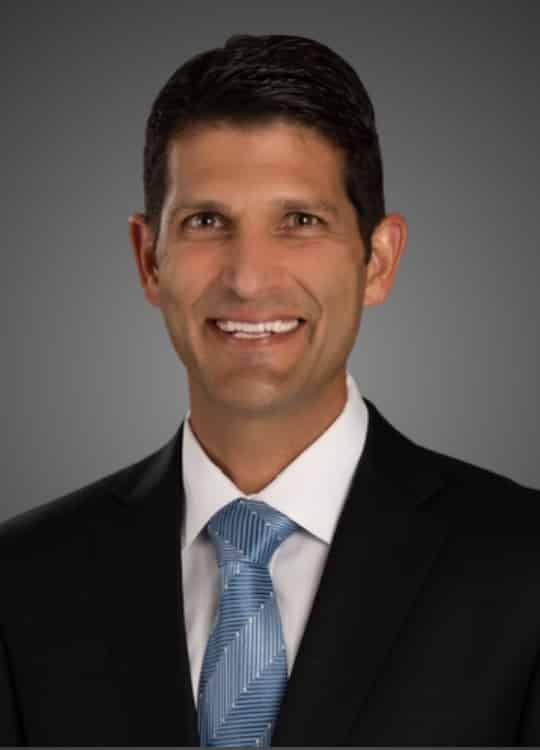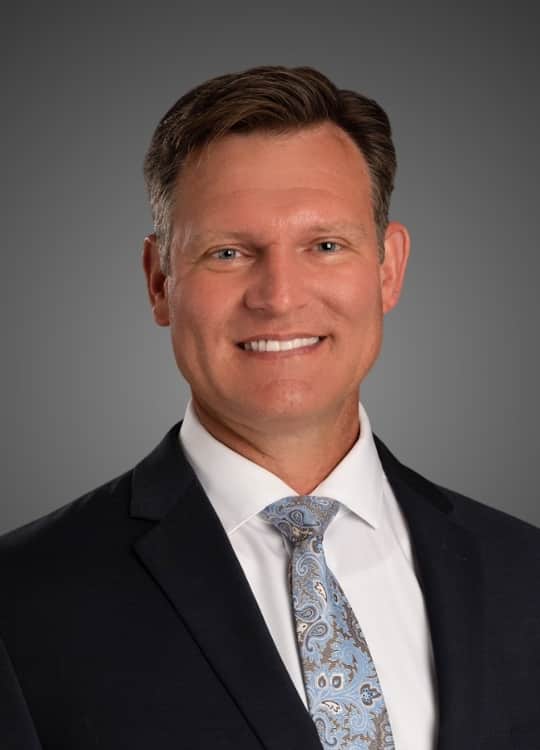Elbow Fracture Treatment
Elbow fractures are caused by a variety of injuries or activities, including:
- Forceful fall on the elbow.
- A direct blow to the elbow.
- Falling on an outstretched arm.
- Trauma to the elbow from activities like falling off a motorcycle or bike.
There are three types of elbow fractures that occur:
Distal humerus fracture: The distal humerus is the bone that connects the elbow to the shoulder joint. It meets the radius and ulna to make up the upper part of the elbow joint. These types of elbow fractures are uncommon.
Olecranon fracture: The olecranon is the bony tip of the elbow and part of the ulna. You can see the olecranon when you bend your arm. Olecranon fracture is one of the most common elbow fractures, because the bone is not protected by soft tissue such as tendons, muscles or ligaments. If you experience a fall or direct blow to the olecranon it can easily fracture.
Radial head and neck fractures: Radial fractures can easily occur with elbow dislocation (when the joints in the elbow separate and come out of socket). They are also common when you use your hands to break a fall.
Why is my doctor recommending surgery for an elbow fracture?
The Omaha Shoulder & Elbow Orthopedic Specialists at MD West ONE can properly recommend if surgery for an elbow fracture is the best course of action based on your symptoms and situation. If you have the following symptoms, you may want to make an appointment with one of our Board Certified Specialists.
- Sudden intense pain with the inability to straighten the elbow
- Swelling and bruising around the elbow
- Tenderness to touch
- Pain with movement of the joint
Who is at risk for elbow fractures?
Anyone can experience an elbow fracture but there are some individuals who are more at risk than others. Those people include:
- Older adults are more likely to experience an elbow fracture.
- Anyone with osteoporosis.
- Participating in sports such as football, hockey, wrestling, and gymnastics.
- Being post-menopausal or having other conditions that lead to bone or mineral loss.
- Having a condition that weakens the bones.
While it is not possible to prevent all elbow fractures, there are steps you can take to reduce your risk, including:
- Maintain strength and agility by exercising regularly.
- Wear protective gear during sporting activities.
- Learn proper techniques for your sport.
- Take steps to reduce your likelihood of falling.
Treatment
Elbow fractures can be non-displaced (when the bones have not moved out of the correct position) or displaced (when the bones are seriously fractured and fragments may have separated causing the bones to move out of place).
Treatment depends on the type of elbow fracture you have and the severity of your condition. For non-displaced elbow fractures, non-surgical options effectively treat the fracture. Displaced elbow fractures usually require surgery to repair the fracture and reconstruction of ligaments and tendons, if necessary.
Nonsurgical Treatment for Elbow Fractures
Most elbow fractures, if they are non-displaced, can be treated with conservative techniques such as:
- Elevation of the elbow to help decrease swelling
- Icing
- Immobilization with an arm sling or wrap while bones heal
- Pain or anti-inflammatory medication
- Physical therapy and range of motion exercises under the supervision of a physical therapist
Procedure
The surgeons at MD West One are highly skilled in performing all types of complex elbow fracture surgeries, including non-union fractures (bones that have not healed properly) and other severe bone breaks. Minor fractures do not always require surgery, but if you suffer a displaced or non-union fracture, your surgeon will likely perform surgery to repair it.
Types of elbow fracture surgeries we perform include:
Open Reduction and Internal Fixation Surgery
If the bones in the elbow are displaced or if there is a compound fracture, surgery is necessary. An open reduction and internal fixation surgical procedure put the bones back into place. Your surgeon will use certain specialized hardware including screws, plates or pins. This special hardware is used to hold the bones in place to ensure they heal correctly.
Total Elbow Replacement Surgery
During a total elbow replacement, the damaged bone and soft tissue are removed, and all parts of the elbow are replaced with artificial parts. Total elbow replacement allows for restored mobility and eliminates or greatly reduces pain for those who have suffered severe elbow fractures that are difficult to repair.
Non-union Elbow Fracture Surgery
A non-union elbow fracture is a broken bone in the elbow that did not heal properly. Treatment may require surgery to remove an infection if present and to better stabilize the fracture. A bone graft may be required to stimulate bone growth.
After Surgery
After surgery you will need plenty of rest and to keep your elbow and arm immobilized in a splint. You should keep the elbow elevated if possible and ice the area to help decrease swelling. Non-prescription medications can be used to help alleviate pain. We offer an advanced pain management program that effectively treats pain with less dependence on narcotics. Decreasing pain makes recovery easier. As you heal, you will work with a physical therapist who will recommend exercises to restore mobility and function.
Recovering from elbow fracture surgery is different for everyone and can take up to several months. Speak with your doctor about what your recovery will involve.
Rehabilitation
In general, patients are able to perform gentle activities of daily living starting two to three weeks after surgery. Some key points about rehabilitation after an arthroscopic bankart repair and getting back to your normal routine.
- Walking with the arm protected is strongly encouraged.
- Driving should wait until the patient can perform the necessary functions comfortably and confidently. This may take up to one month if the surgery has been performed on the right shoulder because of the increased demands on the right shoulder for shifting gears.
- With the consent of their surgeon, patients can often return to activities such as swimming, golf, and tennis six weeks after their surgery.
Patients should avoid activities that involve major impact until 3 months after the surgery and until the shoulder has strength and range of motion. These activities include but are not limited to: contact sports or sports with a major risk of falls) or heavy loads (lifting of heavy weights, heavy resistance exercises). By waiting until your arm is healed and has regained strength equal to the other side, you have a greater chance to avoid injury or slow down the healing process.
Risks and Complications
If surgery is recommended for an elbow fracture, it is likely the only option to eventually regain strength and heal from the pain you are experiencing. Like all surgeries, though, an elbow fracture surgery does come with risks or potential complications. Some of the potential risks associated include:
- Bleeding
- Bone misalignment
- Broken screws or plates
- Complications from anesthesia
- Infection
- Joint instability
- Joint stiffness
- Nerve damage













